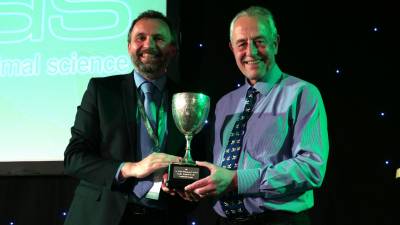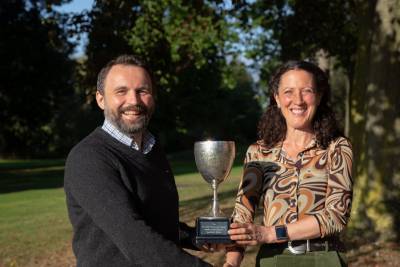

The Sir John Hammond Award is awarded to those that have made significant contribution through research, teaching, knowledge exchange, breeding, farming, industry or affiliated professions.
The award is highly selective and nominated candidates must be of high merit.
Nominations must be sent to Maggie Mitchell at BSAS by 28th February 2023.
What is the Prize?
£500
What is the Application Process?
This award is based on nominations, please note that self-nominations will not be considered. A nomination needs to be supported/submitted by two members of BSAS or BCBC.
Please submit your nomination online Sir John Hammond Award | BSAS or download complete and return the nomination form.
To learn more about the award click here
The recipient of the Award will be invited to speak at the next British Cattle Breeding Conference, in January 2024.
Who was Sir John Hammond?
Sir John Hammond arrived at Downing as an undergraduate in 1907 and for most of his career was a Fellow of the College. He also headed the School of Physiology of Animal Reproduction of the University of Cambridge and was a founder of the Cambridge Animal Research Station.
Hammond conducted classical studies on embryo survival in the early 1920s. His famous study Rate of Intra-uterine Growth (1938) showed that crossbred foetal foals grew at the rate of their dams' pure breed. He was the first to crystallise the theory of metabolic rate-dependent prioritising of nutrient partitioning between tissues. He was also the first to report the duration of oestrus for lactating cows (19.3 hours) and heifers (16.1 hours). He studied closely the major changes in animal shape resulting from the domestication and selective breeding of farm animals.
With Arthur Walton, Hammond was one of the pioneers of artificial insemination ('AI'). As he could not practice certain AI techniques in England, because of religious and cultural taboos, Hammond sponsored work in other countries where such limitations did not apply. He sent a colleague, Dr Luis Thomasset, to Russia to work on AI with the Soviets. He himself introduced AI to other countries, such as Argentina. His book The Artificial Insemination of Cattle (1947) was the first comprehensive publication on AI published in England.
Hammond founded the British Cattle Breeders Club in 1946 and was an active member in the early days of the European Association for Animal Production, serving on its Preparatory Committee. He ended his life as the guru of the British livestock world and is widely regarded as the father of modern animal physiology.